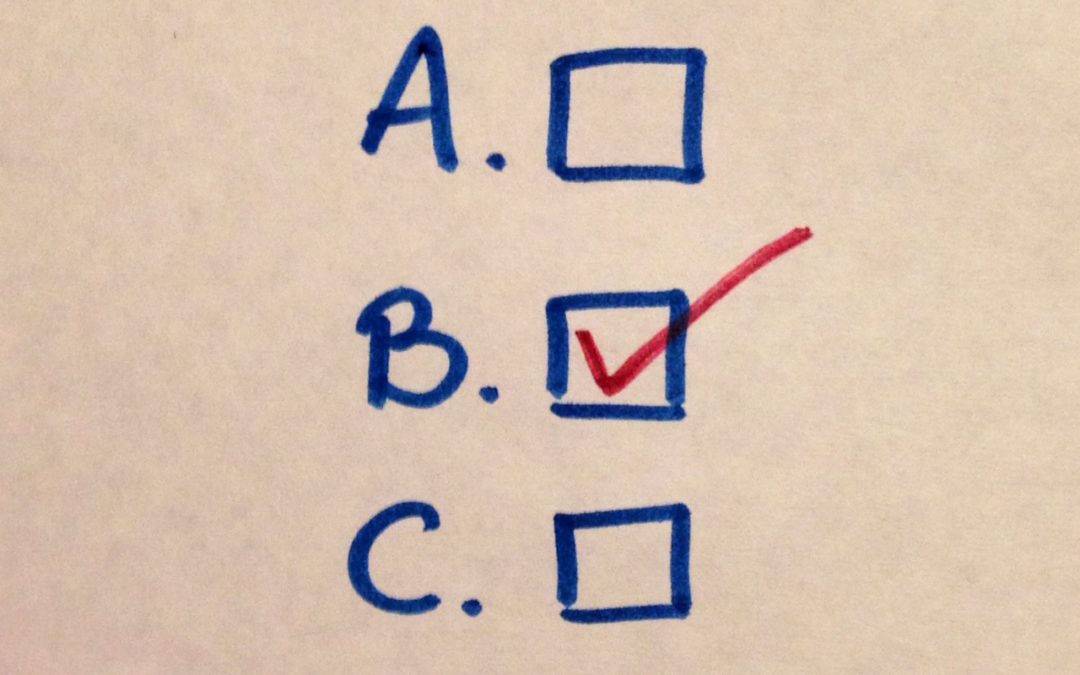by Monica Palmer
Paper or plastic? Boxers or briefs? Our lives are full of choice.
Here we are at the start of a brand new year, and a lot of us have vowed to make better choices in 2014. Now, the experts tell us that we won’t achieve success overnight, so we should start with simple lifestyle changes that will lead us to our desired end. Perhaps that means taking the stairs instead of the elevator or reaching for a stick of gum instead of a cigarette.
Anyone who has ever tried to make these so-called “simple” lifestyle changes knows that there is nothing simple about them. There is a world of difference between knowing the right thing to do and actually doing it.
Recently, a friend of mine launched a tirade on Facebook against SNAP (food stamp) recipients who use their EBT cards at convenience stores to buy chips, soda or candy. He was bitter and angry because he feels these people are abusing the system and wasting his tax dollars.
While it’s true that using SNAP benefits to purchase “junk food” or luxury items may not be a wise choice, it’s important to remember that the men, women and children who receive food assistance are human. They struggle to make good choices just like you and I do.
Good choices become even harder to make when you’re experiencing stress. My best girlfriend already abandoned her New Year’s Resolution to give up chocolate after one snow day of being cooped up in the house with her kids. As she confessed to me, she “needed her Mommy medicine.”
Sugar is a comfort and coping mechanism for a lot of humans, because it’s generally pretty cheap and easy to find. In times of stress or sadness, sugar can elevate your serotonin levels and make you feel happier and better able to deal with life…or your offspring.
Also, if you’ve gone without food for a longer than usual period of time, you’ll experience a drop in blood sugar and lack of energy. In this scenario, the brain starts thinking about food, and it’s generally not a banana you’re contemplating. It’s more likely a carb-laden, sugary snack that’s going to lift you out of your slump and quickly fix the problem…for a short time.
SNAP recipients are human, and it’s safe to assume that they are stressed. Two-thirds of SNAP households include at least one child, an elderly person, or a person with a disability. That’s a lot of stress right there. Compound that with the stress of looking for a job or a place to live and being forced to make choices like paying the electric bill or buying food. Can you employ your empathy and love for your fellow man enough to see how, in that situation, that $.89 Big Gulp may have just transformed from an extravagance into a treatment for an inordinate amount of stress?
My kiddos and I are obsessed with the new Disney film “Frozen,” and I love the little gem of wisdom in the song “Fixer Upper” where the Mama Troll (Maia Wilson) explains, “People make bad choices if they’re mad, or scared, or stressed, but throw a little love their way, and you’ll bring out their best.”
So, if you ever catch yourself passing judgment on a “bad” choice being made in front of you, challenge yourself to try to understand the human reasons behind it. Try not to get angry and take to the internet to rant about the injustice. Instead, throw a little love and understanding out in the universe. Maybe try volunteering at a food pantry or become an advocate for educating SNAP recipients about healthy nutrition. Bring out the best in others, and you may find you will bring out the best in yourself as well.
A Few Facts about SNAP:
- · Children in families receiving SNAP were significantly more likely to be classified as ‘well’ than young children whose families were eligible but did not receive SNAP.
- · SNAP error rates declined by 57% since FY2000, from 8.91% in FY2000 to a record low of 3.80% in FY2011.The accuracy rate of 96.2% (FY2011) is an all-time program high and is considerably higher than other major benefit programs, for example Medicare fee-for-service (91.5%) or Medicare Advantage Part C (88.6%).
- · SNAP is good for local economies– each one dollar in federally funded SNAP benefits generates $1.79 in economic activity.

